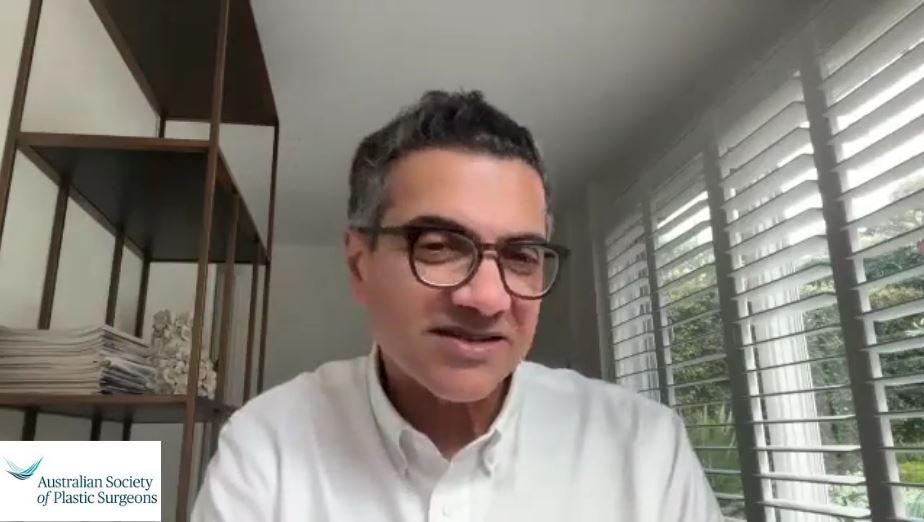Member Blog with Dr Ellis Choy: What is a Deep Plane Facelift?


Who is the ideal candidate for a deep plane facelift?
Good candidates for a deep plane facelift include healthy men and women who are dealing with moderate to advanced facial ageing, but who still have relatively resilient bone structure and skin. Common concerns include:
- Drooping of the midface and lower face
- Jowls and loss of jawline definition
- Deep creases extending from the nose to the mouth
- Excess neck tissues
The best candidates for deep plane rejuvenation also possess the following characteristics:
- Non-smoker
- Realistic cosmetic goals
- General good health without conditions that impair healing
Due to the extent of change a deep plane facelift can produce, candidates are usually in their 40s or older with more advanced signs of facial ageing. In today’s social media-driven environment, people may be led to believe they need extensive surgery when it would not, in fact, be beneficial.
What can I expect for recovery time?
Generally, the initial recovery period after a deep plane facelift lasts one to two weeks. During this time, you can expect to experience some degree of swelling, bruising and discomfort, which gradually improve. You will be advised to rest, avoid strenuous activities and sleep with your head elevated during this time.
After the first two weeks, you may resume light daily activities. Because the deep plane technique focuses on deeper structures of the face and maintains more of the natural blood supply to the skin, overall healing time may be more rapid than with other types of facelift. Most patients can return to work about 10 to 14 days after surgery.
Will I have scars after a deep plane facelift?
Scars are an inevitable part of any facelift procedure. However, the incisions used during a deep plane facelift are not as extensive as some other facelift techniques, therefore there is less post-procedure scarring.
Additionally, because the deep plane facelift does not separate the SMAS and the skin, there is less tension on the incision lines once they are closed. This encourages the scars to heal into soft, flat lines.
What is the expected lifespan of a deep plane facelift?
A deep plane facelift aims to provide more substantial and long-lasting results than other facelift techniques. By addressing the underlying structures that truly support facial contours, the deep plane technique creates a strong foundation to sustain the results. Provided you maintain your weight and health, and take good care of your skin, you may enjoy the outcome for years.
That said, gravity and ageing will continue exerting their effects. Your skin and other facial structures will continue to age, and you may notice loose skin, lines or volume loss developing over time.
More questions?
This blog post is written by Dr Ellis Choy, and published here with his permission. Dr Ellis Choy is a Specialist Plastic Surgeon based in Sydney, you can also find out more about his practice and specialty areas at our Find a Surgeon directory.
Featured Stories

Member Blog with Dr Ellis Choy: What is a Deep Plane Facelift?
Who is the ideal candidate for a deep plane facelift?…
Continue reading Like
Like

